Finite Math Unit 3 Project: Optimizing Cookie Production
VerifiedAdded on 2023/01/23
|6
|1010
|27
Project
AI Summary
This project analyzes a cookie production scenario using linear programming to maximize revenue. The student formulates an objective function to maximize total sales based on the selling prices of chocolate chip and oatmeal raisin cookies, subject to constraints imposed by the production capacity of three machines (A, B, and C). The problem is solved graphically, identifying the feasible region and optimal solution through the analysis of vertices. Part A defines the Linear Programming Problem (LPP) and its constraints and objective function. Part B delves into cost analysis, determining cost-effectiveness for each cookie type per machine, calculating maximum production quantities, and analyzing labor, maintenance, and setup costs. The project concludes by determining the optimal production levels of each cookie type to maximize profit, with a detailed breakdown of costs and sales, demonstrating a strong grasp of linear programming principles and their practical application in business decision-making. The assignment includes a bibliography with sources on linear programming.
1 out of 6
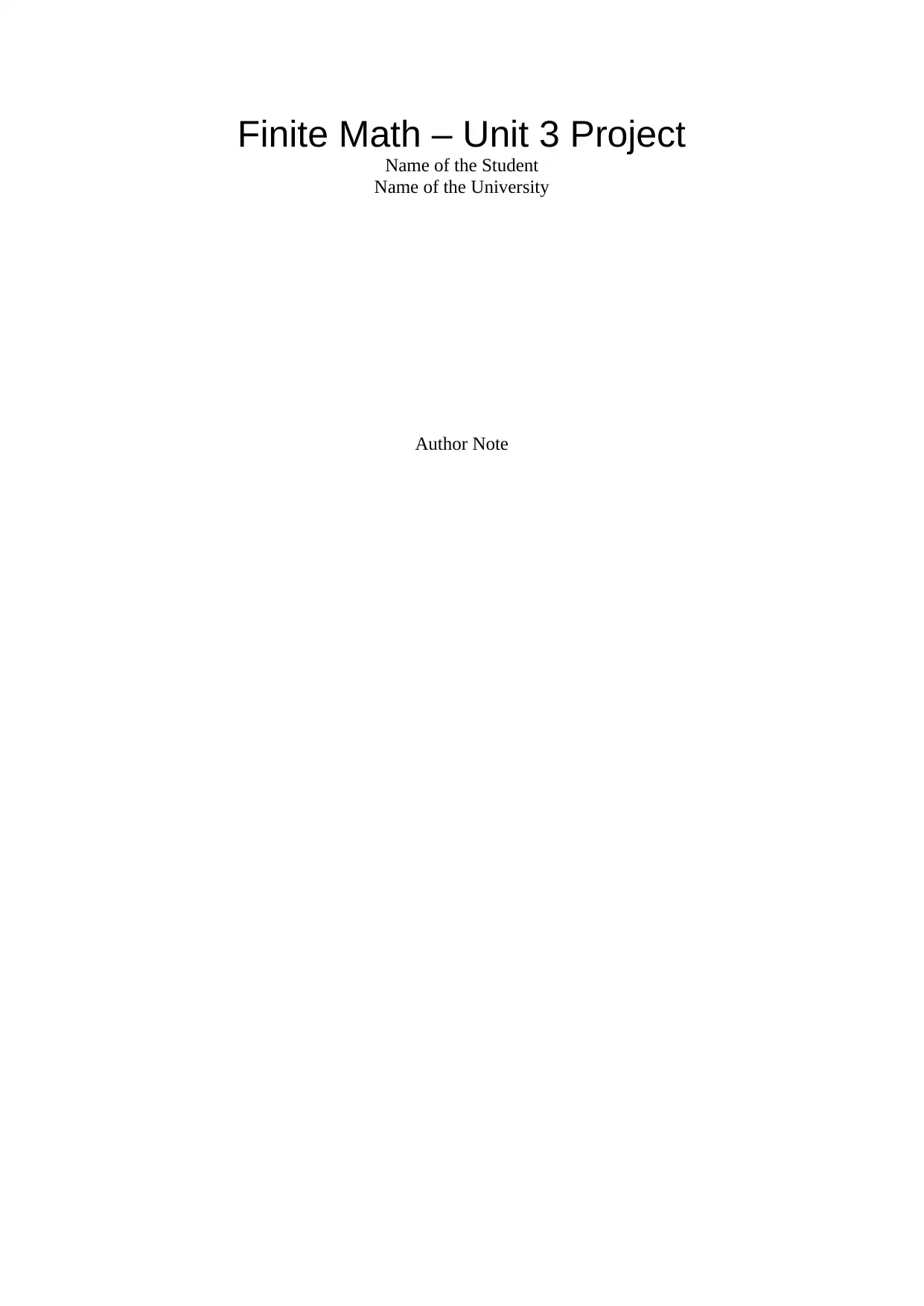
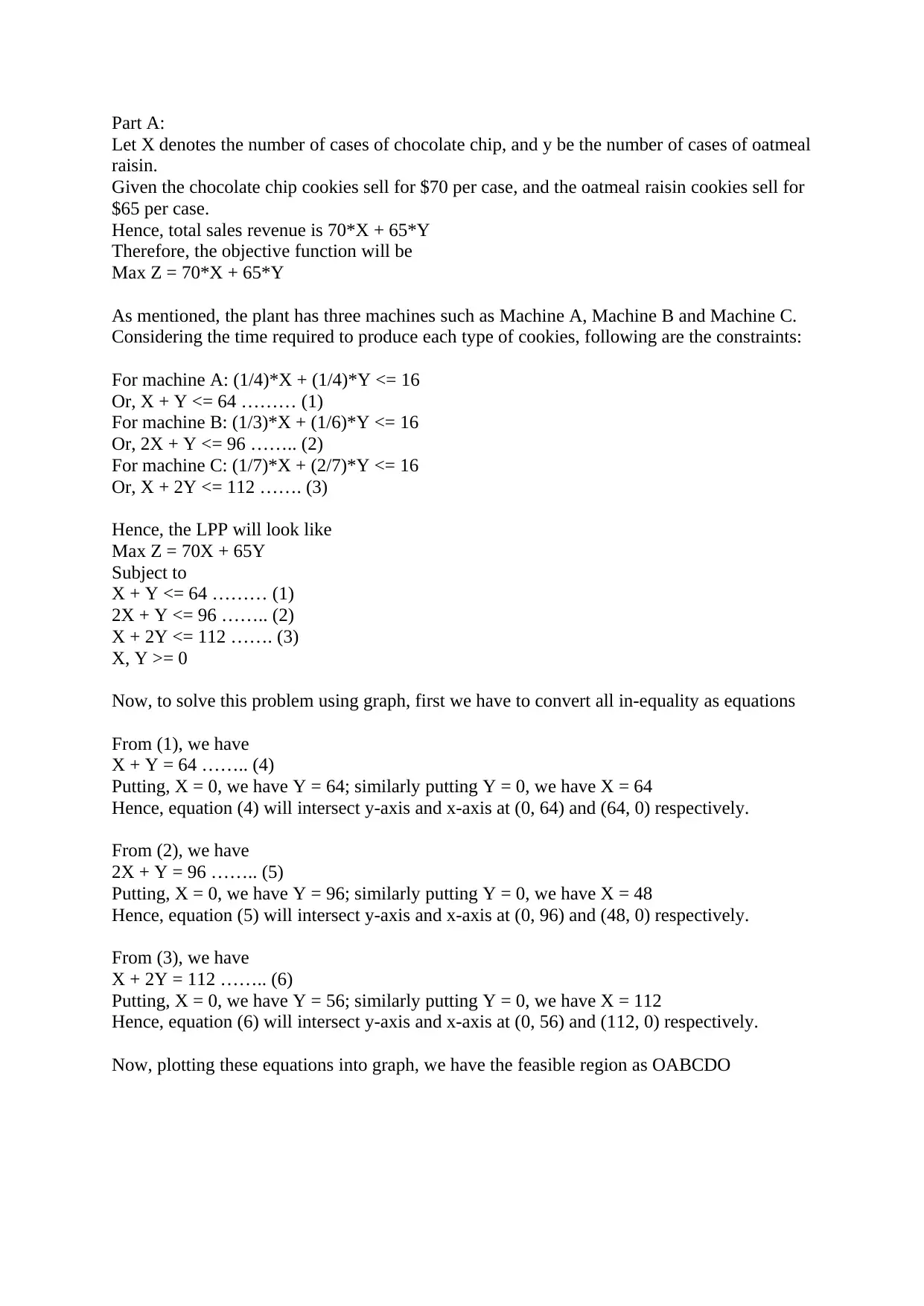
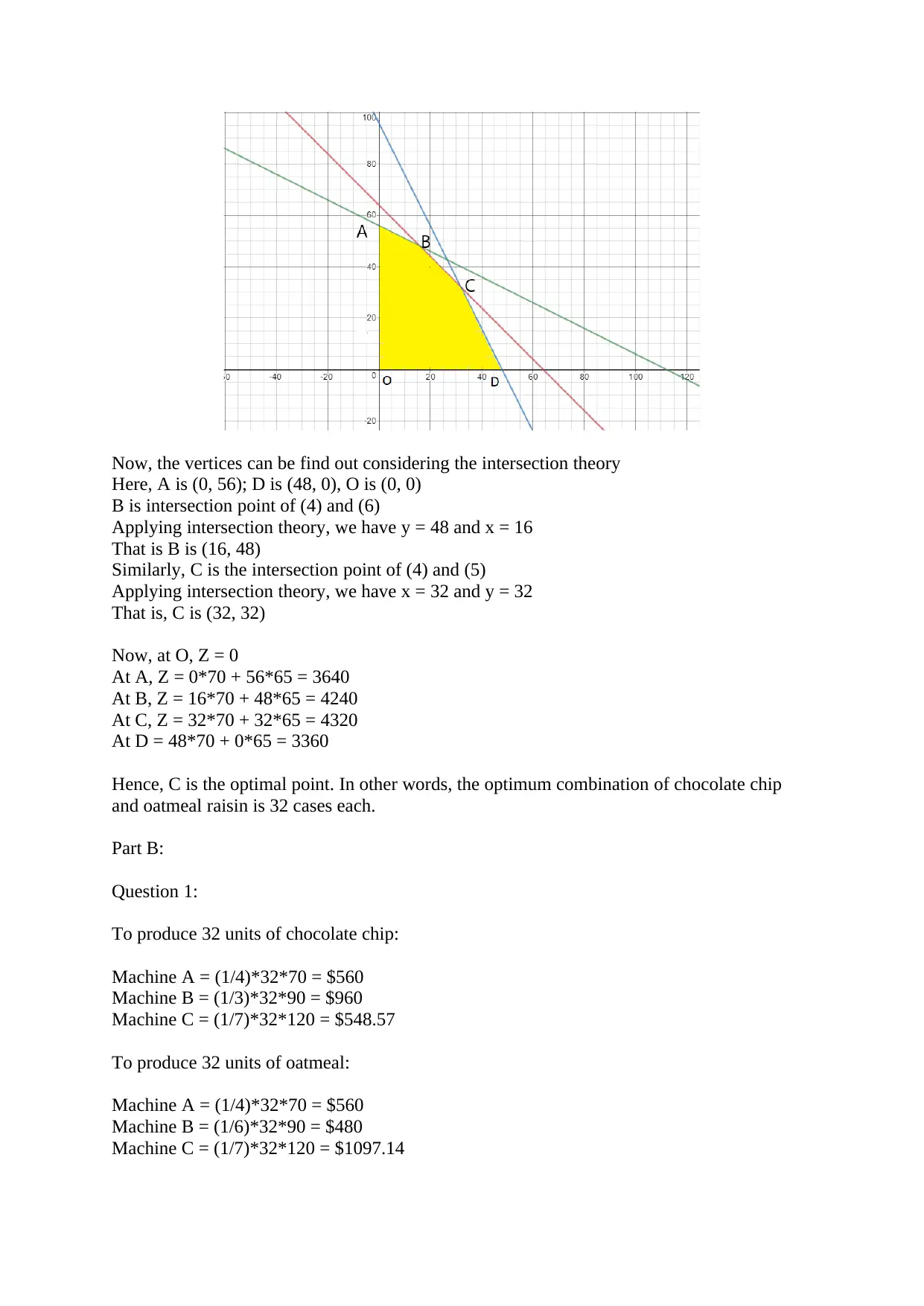

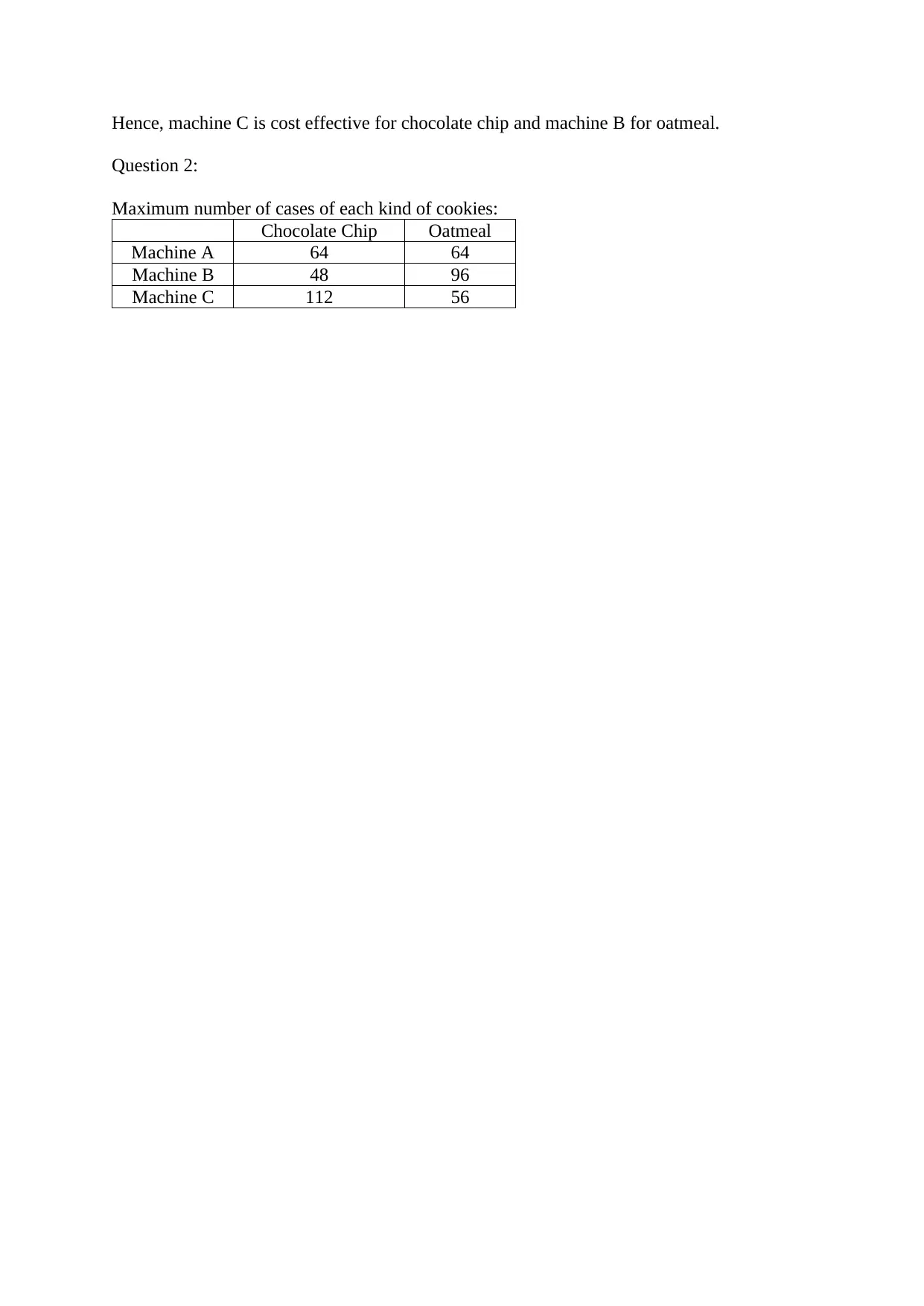
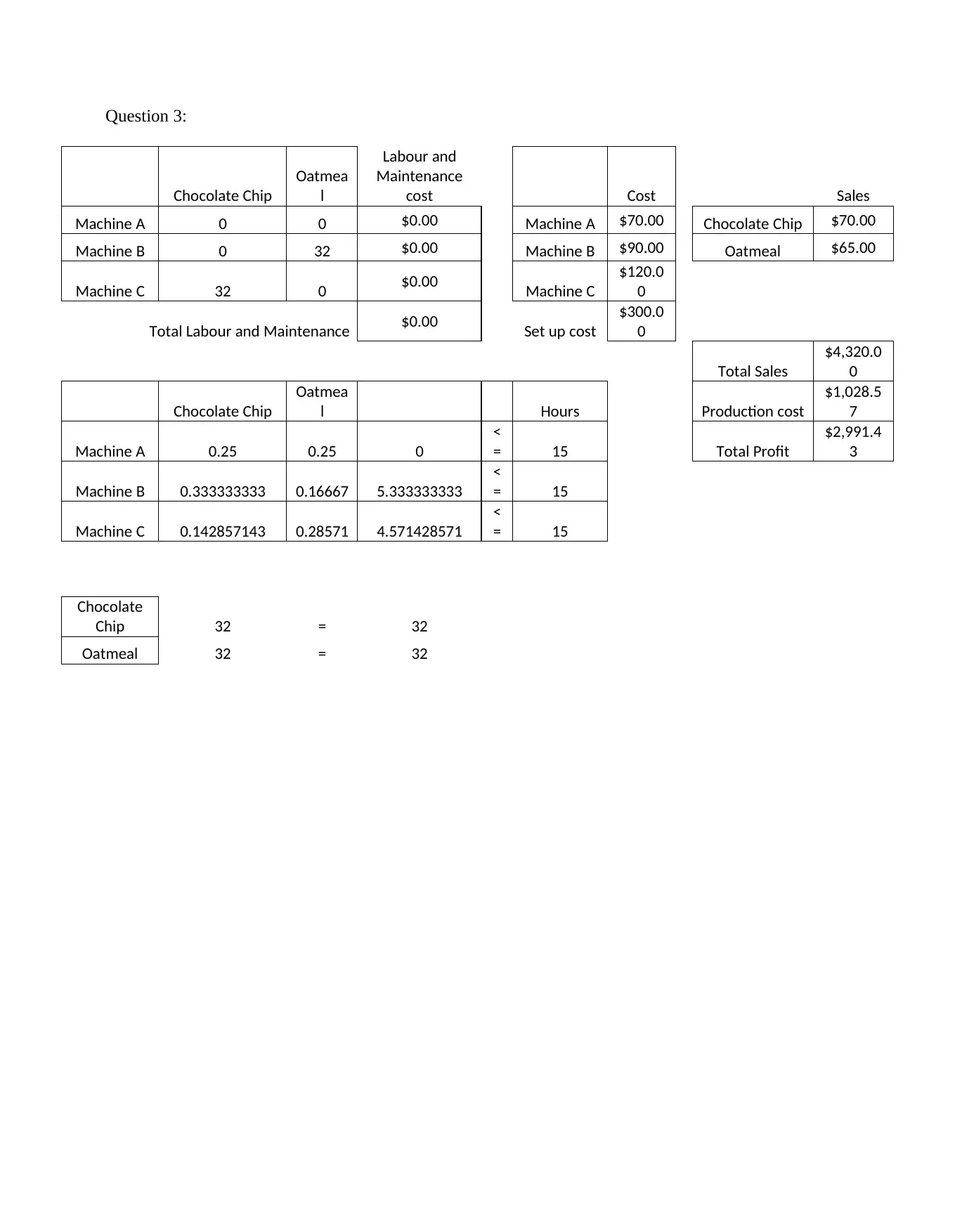
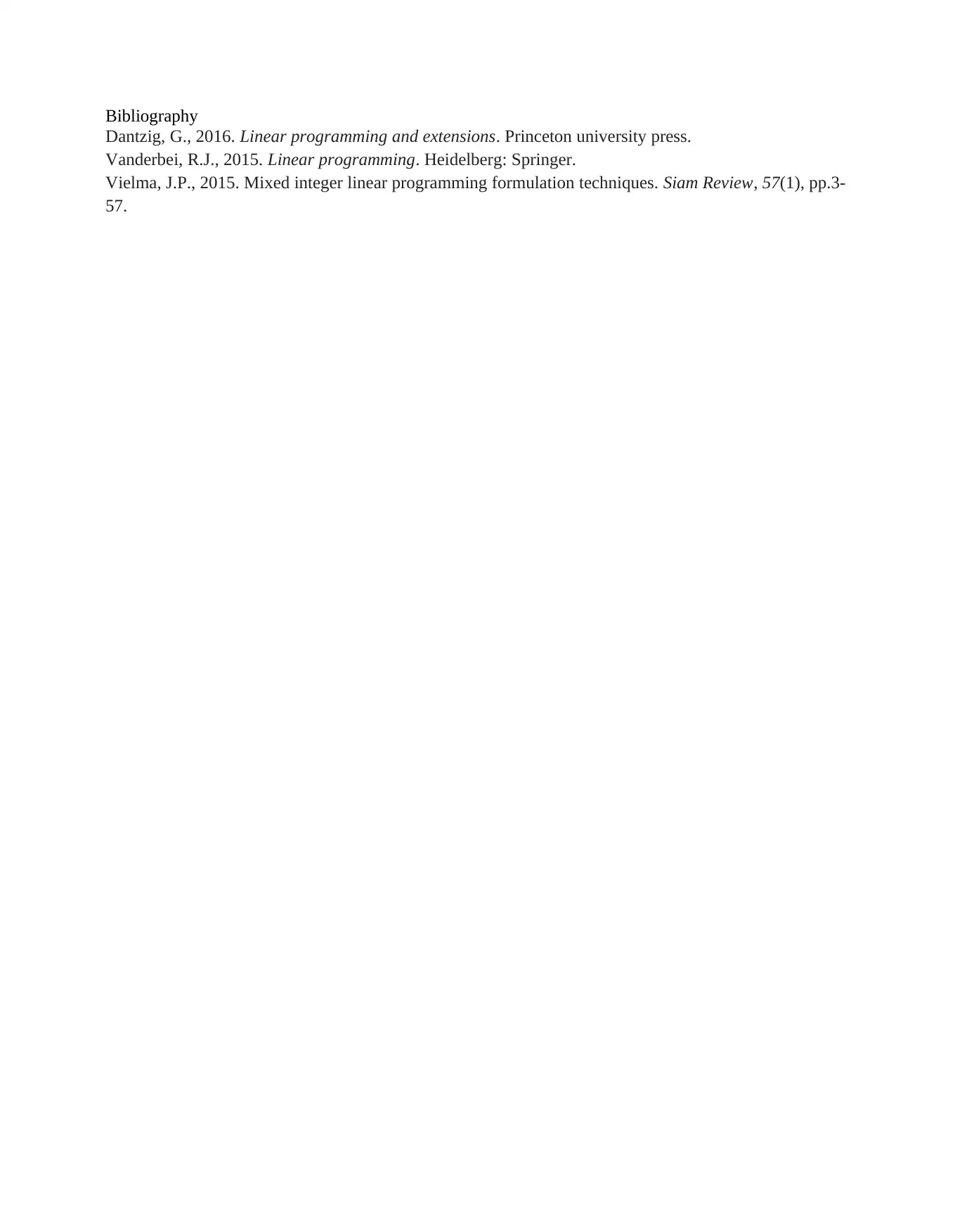





![[object Object]](/_next/static/media/star-bottom.7253800d.svg)